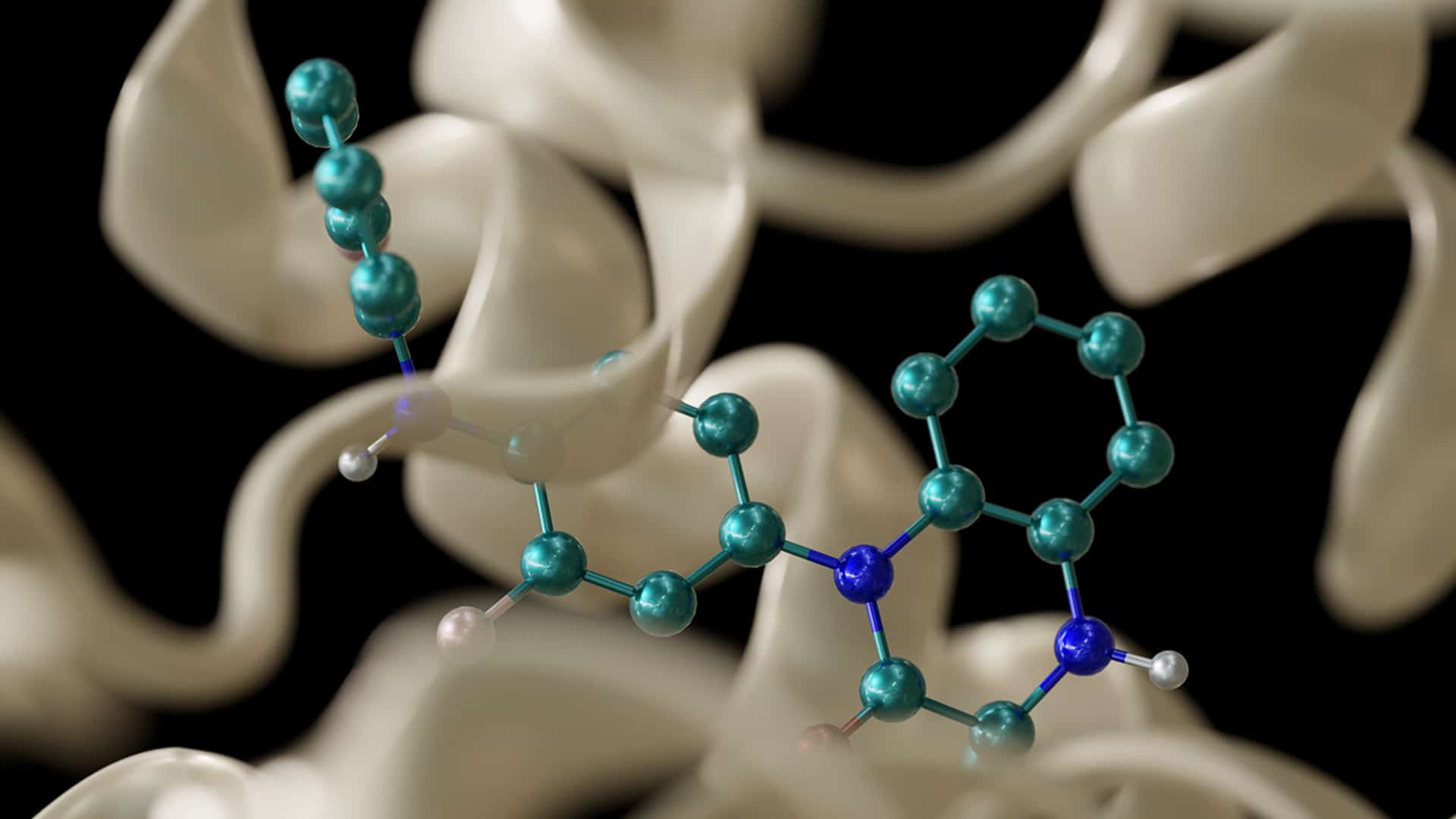Aiming to make the method quicker and more intelligent, NVIDIA launched the NIM Agent Blueprint for generative AI-based digital screening on Wed

Aiming to make the method quicker and more intelligent, NVIDIA launched the NIM Agent Blueprint for generative AI-based digital screening on Wednesday.
This revolutionary strategy will reduce the time and cost of developing life-saving medication, enabling faster access to vital treatments for sufferers.
This NIM Agent Blueprint introduces a paradigm shift within the drug discovery process, significantly within the essential “hit-to-lead” transition. Researchers can design higher molecules sooner by shifting from conventional fastened database screening to generative AI-driven molecule design and pre-optimization.
What’s a NIM? What’s a NIM Agent Blueprint?
NVIDIA NIM microservices are modular, cloud-native elements that speed up AI mannequin deployment and execution. These microservices permit researchers to combine and scale superior AI fashions inside their workflows, enabling quicker and more environmentally friendly processing of advanced information.
The NIM Agent Blueprint, complete information, exhibits how these microservices can optimize key levels of drug discovery, corresponding to hit identification and lead optimization.
How Are They Used?
Drug discovery is a complicated process with three vital levels: goal identification, hit identification, and lead optimization. Goal identification includes selecting the best biology to switch to treat the illness; hit identification is figuring out potential molecules that can bind to that focus; and lead optimization is bettering the design of these molecules to be safer and more practical.
This NVIDIA NIM Agent Blueprint, also known as generative digital screening for accelerated drug discovery, identifies and improves digital hits more efficiently and environmentally friendly.
At its core are three important AI fashions, now together with the lately built-in AlphaFold2 as a part of NVIDIA’s NIM microservices.
- AlphaFold2, famed for its groundbreaking work on protein construction prediction, is now available as an NVIDIA NIM.
- MolMIM is a novel mannequin developed by NVIDIA that generates molecules while concurrently optimizing for several properties, including excessive solubility and low toxicity.
- DiffDock is a complicated device for short modeling the binding of small molecules to their protein targets.
These fashions work in live performance to enhance the hit-to-lead process, making it more environmentally friendly and faster.
Each of those AI fashions is packaged inside NVIDIA NIM microservices, transportable containers designed to speed up efficiency, shorten time to market, and simplify the deployment of generative AI fashions anywhere.
The NIM Agent Blueprint integrates these microservices into a versatile, scalable, generative AI workflow that may assist in reworking drug discovery.
The main computational drug discovery and biotechnology software program suppliers that might be utilizing NIM microservices now, corresponding to Benchling, Dotmatics, Terray, TetraScience, and Cadence Molecular Sciences (OpenEye), are utilizing NIM Agent Blueprints of their computer-aided drug discovery platforms.
These integrations aim to make the hit-to-lead course sooner and more clever, identifying extra viable drug candidates in much less time and at a decreased value.
World-skilled services firm Accenture is poised to tailor the NIM Agent Blueprint to the particular needs of drug improvement applications by optimizing the molecule era step with input from pharmaceutical companions to tell the MolMIM NIM.
The NIM microservices comprising the NIM Agent Blueprint will quickly be on AWS HealthOmics, a purpose-built service that helps clients orchestrate organic analyses. This consists of streamlining the combination of AI into present drug discovery workflows.
Revolutionizing Drug Growth With AI
The stakes in drug discovery are excessive.
Growing a brand-new drug usually costs around $2.6 billion and may take 10-15 years, with a hit charge of lower than 10%.
By making molecular design smarter with NVIDIA’s AI-powered NIM Agent Blueprint, pharmaceutical corporations can cut back these prices and shorten improvement timelines in the $1.5 trillion international pharmaceutical market.
This NIM Agent Blueprint represents a major shift from conventional drug discovery strategies. It provides a generative AI strategy that pre-optimizes molecules for desired therapeutic properties.
For instance, MolMIM, the generative mannequin for molecules inside this NIM Agent Blueprint, makes use of superior capabilities to steer the era of molecules with optimized pharmacokinetic properties — corresponding to absorption charge, protein binding, half-life, and different properties — a marked development over earlier strategies.
This more intelligent strategy for small molecule design enhances the potential for profitable lead optimization, accelerating the general drug discovery process.
This leap in technology may result in sooner, more focused solutions that address rising challenges in healthcare, from rising prices to an increasing elderly population.
NVIDIA’s dedication to supporting researchers with the most recent developments in accelerated computing underscores its function in fixing essentially the most advanced issues in drug discovery.
Share this content:

COMMENTS